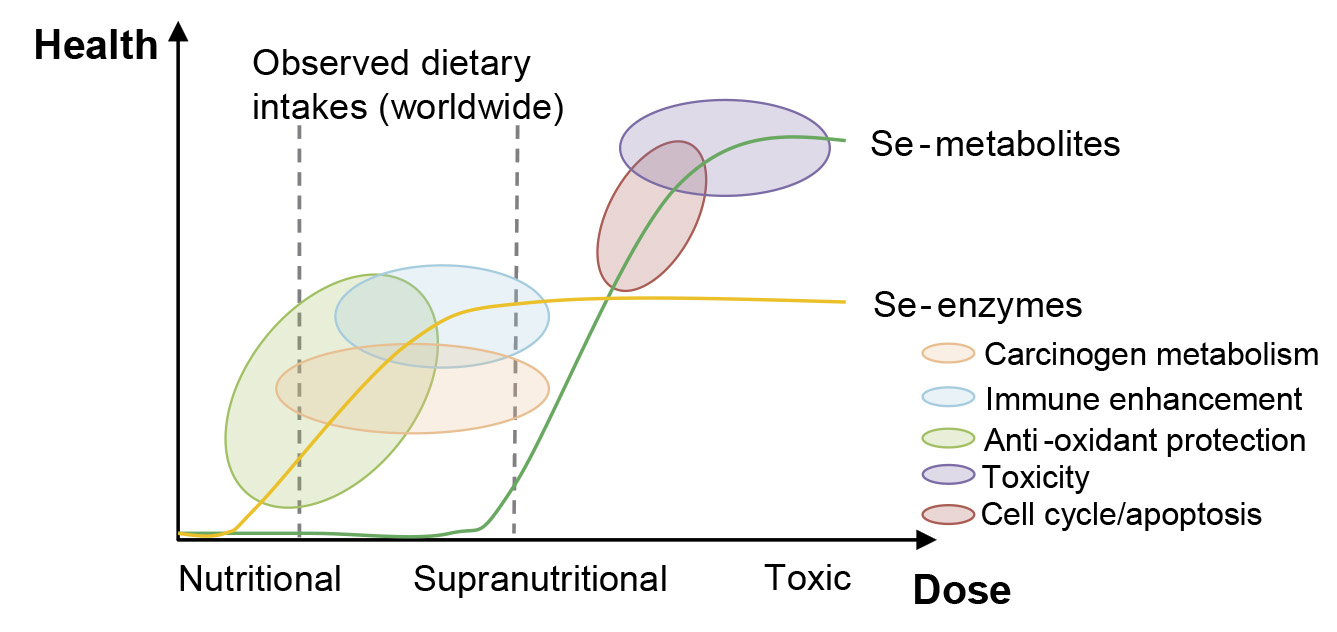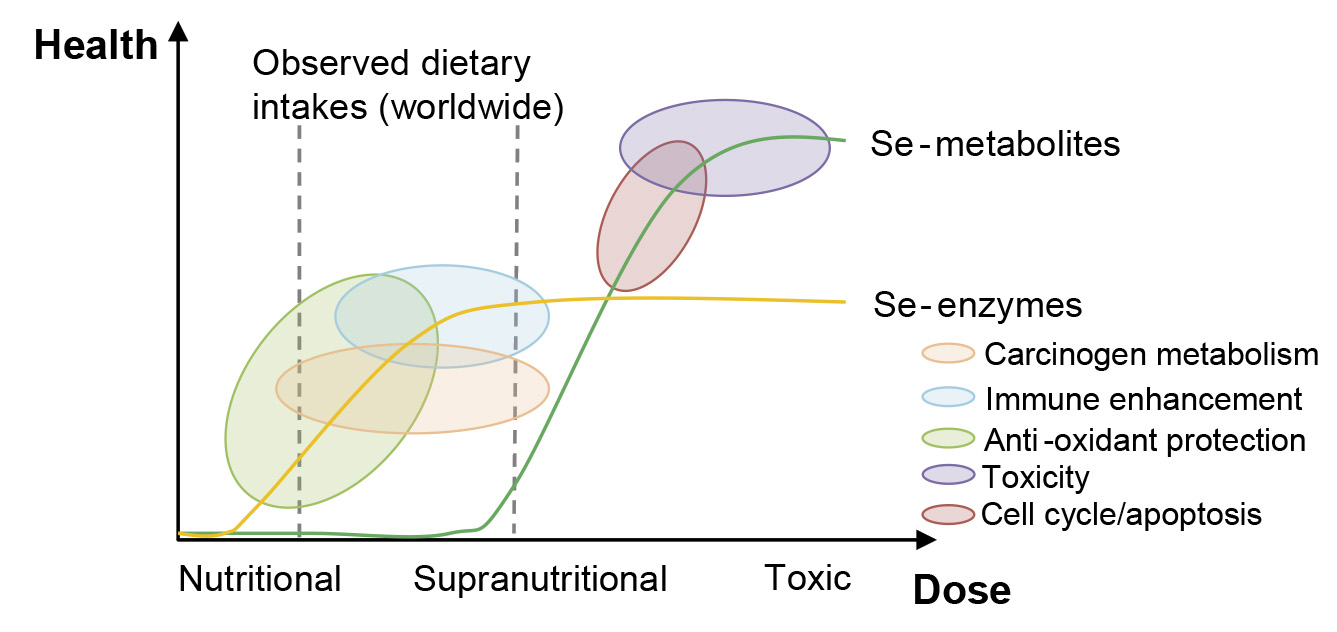Selenized garlic: a future prospect or already a current functional food?
Keywords:
garlic, selenium, functional food, selenized foods, speciationAbstract

In the last years, functional foods have awakened consumer, scientific and business interest. A commonly found vegetable in such kind of foods includes garlic (Allium sativum). By its ability for selenium (Se) bio-accumulation, garlic can turn into an attractive option of selenized food. Selenium is an essential micronutrient for many organisms including plants, animals, and humans. It is an important trace element due to its antioxidant properties and plays a main role in prevention of cancer and cardiovascular diseases. Nowadays, there is an increasing interest in the study of Se speciation due to the different roles that each species manifests in toxicological and nutrition fields. However, Se exhibits a narrow interval between toxicity and essentiality, which is puzzling toxicologists and alarming nutritionists and legislators. In the present review, an overview on the development of selenized garlic studies and its potential implementation in Argentine production is exposed. The development of novel foods with added value such us selenized garlic could be an attractive alternative for local market. Moreover, it becomes a good offering for factory owners, considering that Mendoza represents about 85% of total garlic production in the country.
Downloads

Downloads
Published
How to Cite
Issue
Section
License

This work is licensed under a Creative Commons Attribution-NonCommercial-ShareAlike 3.0 Unported License.
Aquellos autores/as que tengan publicaciones con esta revista, aceptan las Políticas Editoriales.










.jpg)




